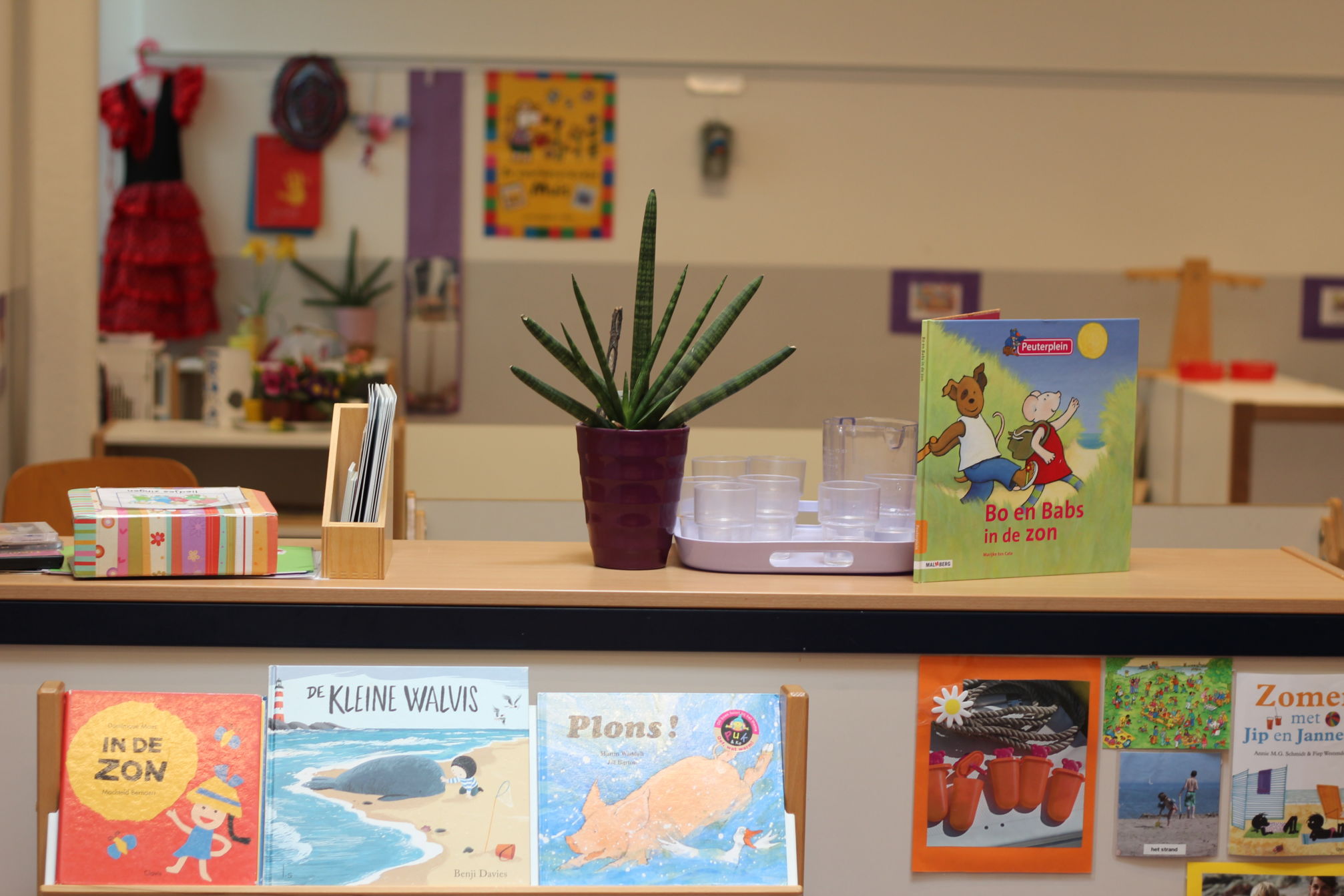Schools in the Eindhoven region are preparing for a wave of up to thirteen thousand extra foreign children. That will cause major problems because there are too few buildings, too few teachers, and there is no place to teach all those children Dutch first.
“We will have to introduce unorthodox solutions,” says director Wim Klaassen of the SALTO Foundation, which has 23 schools in Eindhoven.
In the coming ten years, 8,000 to 13,000 new children up to the age of 18 from abroad are expected to be added to the Brainport region, Omroep Brabant reports. The father or mother has then, for example, been given a job at ASML. Children of status holders and labour migrants also register.
There are already 15,000 non-Dutch-speaking children in the Brainport region. Many of those children first go to special schools to learn Dutch. But the influx is now so great that children will also be attending regular primary schools in the coming years without them speaking a word of Dutch.
Training for the teacher
The Eindhoven school umbrella organisations prepare teachers by offering specific training. “The first group of 17 teachers started in January. They are the initiators and specialists in newcomer education at the schools,” says Marijke van Mill, project leader for newcomer education of the SKPO umbrella organisation, which includes 35 schools.
Teachers are also given tips, such as the advice to speak slowly to the new children and to enunciate clearly. The tip is also to use Google Translate if necessary.
“School directors ask how many children come to their school. That is impossible to say now. In a neighbourhood with a lot of construction, you can also expect many new foreign-language children. Sometimes it’s a full class.” An example is the Eindhoven district of Blixembosch. “Seventy percent of the toddlers there are newcomers.” Many Eindhoven schools already use language classes in which the children who do not speak Dutch receive extra language lessons together.
Teachers and buildings
In any case, many extra teachers will be needed. For primary schools alone, 200 extra teachers are needed to cope with the influx. “We are already having problems getting groups occupied. Let alone if so many extra children come. We have to organise education differently,” says Klaassen of the SALTO Foundation in Eindhoven. It is envisaged to take on even more lateral entrants who will obtain their diplomas in a few years’ time.
In addition, many buildings are needed to allow the children to receive lessons. According to the Eindhoven Alderperson for education, an estimated twenty primary schools and three secondary schools must be added. Next year, the municipality will devise a plan for the location of these schools. We are also looking at whether schools can expand.
According to Klaassen, it is not possible to erect all those buildings so quickly. “Building a new school doesn’t happen overnight. The lead time is between five to eight years if you do your very best. That concerns procedure permits and residents who think something about it. We are all in talks to think about alternative solutions.”
The whole region is filling up
It is not just a task for Eindhoven, emphasises Van Mill of the SKPO foundation. “Eindhoven and Helmond are filling up first. Then the villages follow. Ultimately, all 21 municipalities in the Brainport region will notice that more foreign speakers are coming here.”
At the moment, 9 percent of the inhabitants of the Brainport region are international or ex-pats. That is 19 percent in ten years. Nearly 1 in 5 inhabitants of the region will come from abroad.
















